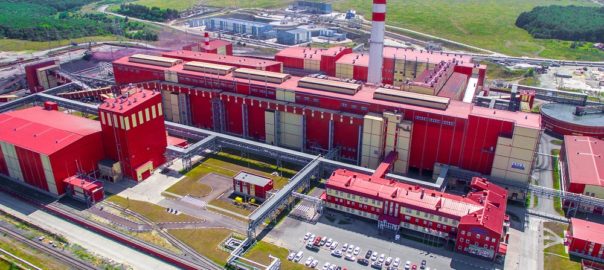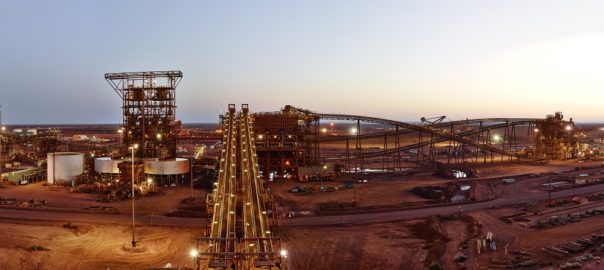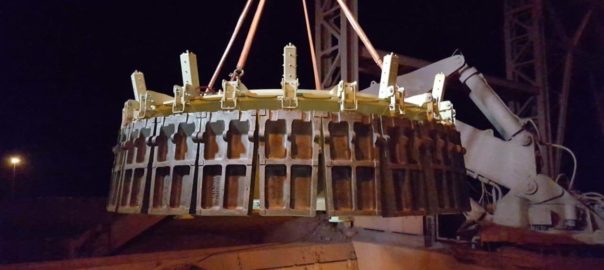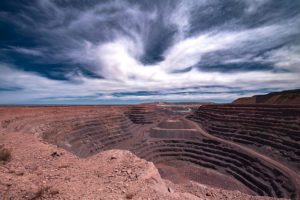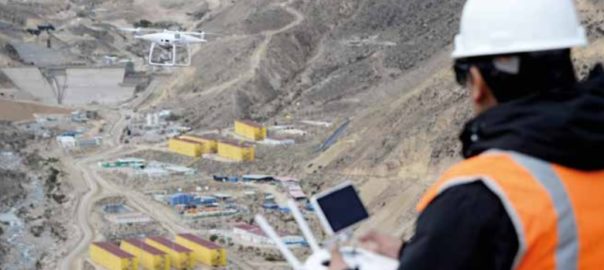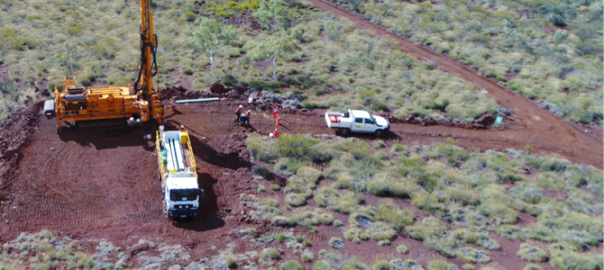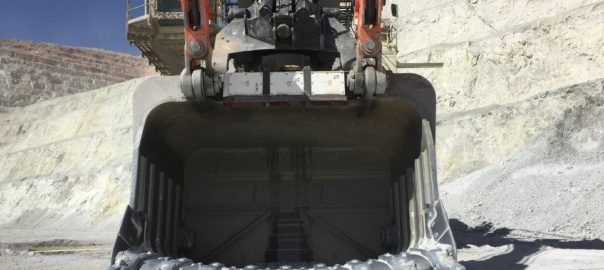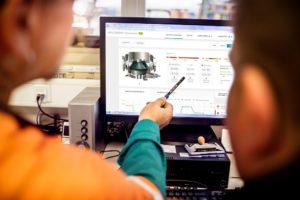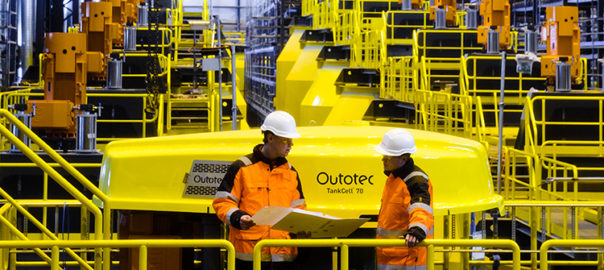Outotec says it and Russia iron ore pellet producer JSC Stoilensky GOK (S-GOK), which is a part of NLMK Group, have entered into a contract to expand S-GOK’s pellet plant located in Stary Oskol, Russia.
The approximately €15 million ($16.9 million) order has been booked in Outotec’s 2019 March quarter order intake, it said.
Outotec previously delivered the technology for S-GOK’s pellet plant, which has been in operation since 2017, but this latest contract will see the plant’s annual capacity go from 6 Mt to 8 Mt.
Outotec will be responsible for the engineering, supply of key equipment and automation system as well as advisory services for installation and commissioning of the expansion.
The company said its latest technology improvements in green pelletising, cooling air process, and pallet car changing system will be applied, together with a digital solution package. The deliveries will take place at the end of 2020.
Additionally, in 2019-2021, NLMK said it plans to boost ore production and beneficiation capacity by 14% via upgrades of Stoilensky’s other transformation stages with a view to ensuring stable supply of raw materials to the pelletiser after it reaches the output of 8 Mt/y. This will enable the company to increase its ore processing capacity from 37 Mt/y to 42 Mt/y and to increase its concentrate output from 17.3 Mt/y to 20 Mt/y.
Kalle Härkki, Head of Outotec’s Metals, Energy & Water business, said: “We are excited about continued cooperation with S-GOK and the delivery of our latest technology improvements and digital solutions to this project. With intelligent services, applications and equipment we ensure safety, predictability and optimal performance of the plant, and S-GOK will get the best value from their assets.”
Konstantin Lagutin, NLMK Group Vice President, Investment Projects, said Outotec was its long-standing and reliable partner, “with whom we successfully implemented Europe’s largest pelletising plant in Stary Oskol”.
“The new expansion project is an important element of our Strategy 2022, aimed at meeting our growing raw material needs as well as increasing efficient steel production,” he said.






